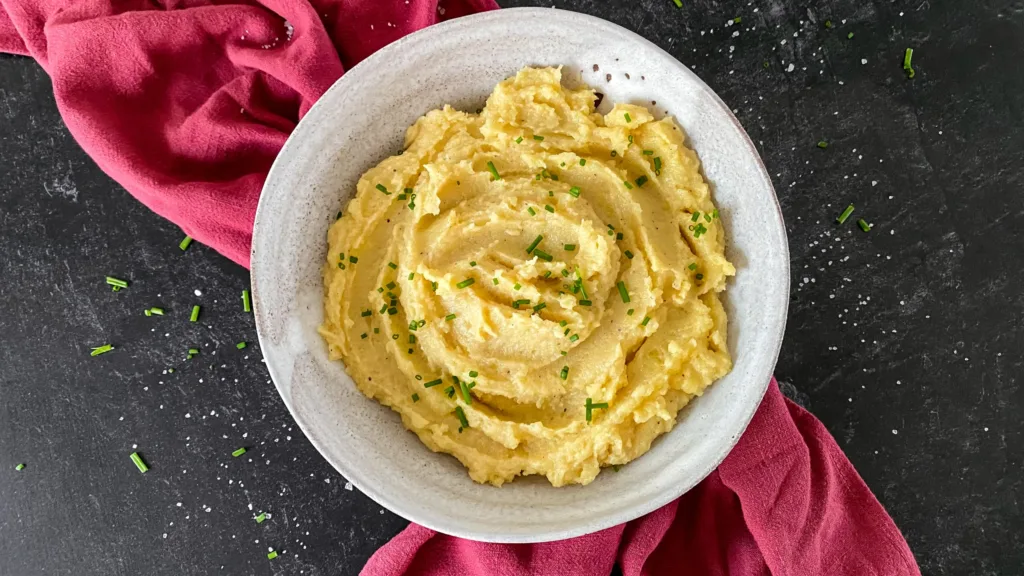The potato has had a profound effect on cultures around the world. Here are some ways the potato has affected different companies

Food security
The potato has played a crucial role in ensuring food security in many regions. Its ability to grow in diverse climates and soils, combined with its high yield per unit of land, made it a reliable and efficient crop. In areas with challenging agricultural conditions or limited food resources, the potato provided a stable and nutritious food source, helping to alleviate hunger and improve livelihoods.- Population growth and urbanization
The introduction of the potato to Europe during the 16th century had a significant impact on population growth and urbanization. The high yield and nutritional value of the potato allowed for a more abundant food supply, which led to increased population density in rural areas and enabled the growth of cities. This, in turn, facilitated the development of industry and urban societies. - Cultural integration
The potato has been adopted and integrated into the traditional cuisines of many cultures. It became a main ingredient in various dishes and influenced local culinary traditions. For example, in Europe, potatoes are commonly used to make dishes such as Irish Colcannon, British Fish and Chips, Spanish Tortilla de Patats and German Kartopelsalat (Potato Salad). The potato is deeply rooted in the culinary identities of
these regions. - Economic impact
Potatoes have had a significant economic impact in many agricultural economies. Growing, processing and distributing potatoes created employment opportunities and contributed to local and national economies. In addition, the export of potato products, such as frozen chips or dried potato flakes, has become a valuable industry in countries with abundant potato production. - Social and political history
The potato has played a role in shaping social and political history in various regions. For example, the Irish potato famine in the 19th century had a profound effect on Ireland, leading to mass emigration, political unrest and changes in land ownership. The event left a lasting cultural and historical imprint on Irish identity. - Festivals and traditional celebrations
Potatoes have become the center of festivals and cultural celebrations in many potato growing regions. For example, the Peruvian festival of “La Papa” celebrates the diversity and importance of local potatoes in Peruvian cuisine and culture. Similarly, the Potato Days festival in Sweden showcases the country’s rich potato heritage through exhibitions, tastings and activities. - Culinary innovation
The versatility of the potato has led to culinary innovation and the development of new recipes and cooking techniques. From classic dishes like potato gratin to innovative creations like stuffed potato skins or gourmet mashed potatoes, chefs and home cooks continue to explore and experiment with the culinary potential of the potato.

These are just a few examples of how the potato has influenced cultures around the world. From its effect on food security and population growth to its integration into local cuisines and its role in social and political history, the significance of the potato goes far beyond being just a vegetable.
We have collected some facts and figures about potatoes for you
- Basic crop
Potatoes are the fourth largest food crop in the world, after corn, wheat and rice. Potatoes are a staple food for many countries and are an important source of nutrition and calories. - Global production
As of 2021, the top five potato producing countries in the world are China, India, Russia, Ukraine and the United States. - Nutritional value
Potatoes are a good source of vitamins, minerals and dietary fiber. They are particularly rich in vitamin C and potassium. However, the nutritional content can vary depending on the type of potato and the cooking method. - A versatile vegetable
Potatoes can be prepared in many ways, including boiling, baking, frying and roasting. They are used in a wide variety of dishes such as chips, mashed potatoes, soups, stews and salads. - Types of potatoes
There are over 4,000 different varieties of potatoes worldwide. The potatoes are different in size, shape, color and taste. Each variety has its own unique characteristics and preferred culinary uses. - Sources of potatoes
Potatoes were first grown in the Andes region of South America over 7,000 years ago. They were then brought to Europe by Spanish explorers in the 16th century. - The potato revolution
Potatoes played a crucial role in the agricultural revolution and population growth in Europe during the 18th century. They offered high yields, were easy to grow, and were an important food source for a rapidly growing population. - Irish Potato Famine
The Irish Potato Famine, also known as the Great Famine, occurred between 1845 and 1849 when a disease called potato blight devastated the potato crops in Ireland. The famine resulted in the death or emigration of millions of people and had a profound effect on Irish history and culture. - Potato chips
The invention of potato chips is credited to George Cram, a Native American chef. In 1853, he created the thin, crispy potato slices in response to a customer’s complaint that his fried potatoes were too thick. - Guinness record
The heaviest potato ever recorded weighed 4.98 kilograms (10.93 pounds).
It was bred in 2011 by Peter Glazebrook from the UK. - Potato in space
In 1995, the potato became the first vegetable grown in space. NASA and Univ
Wisconsin-Madison successfully grew potatoes aboard the space shuttle Columbia









